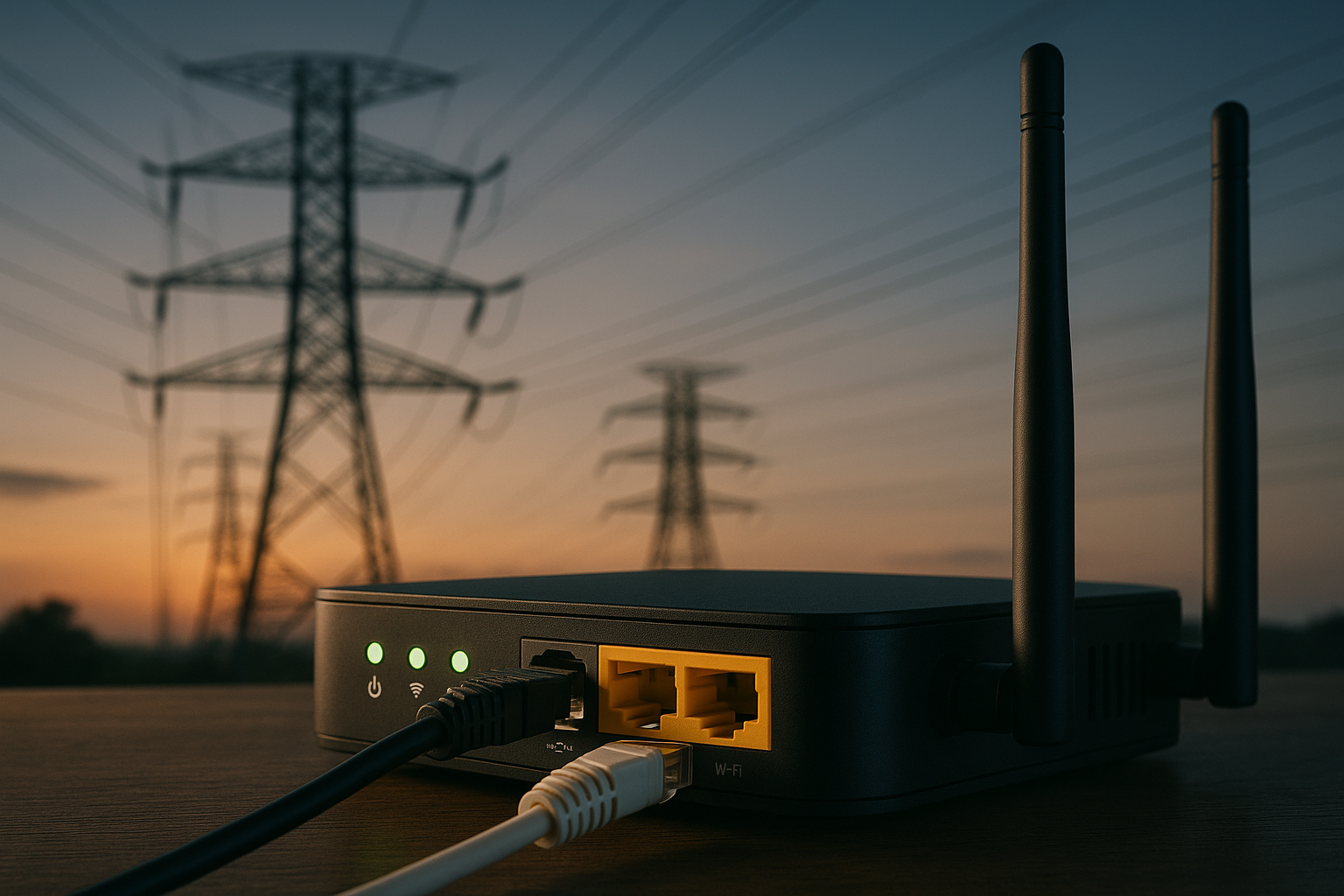Driving Progress: A Deep Dive into Telecommunication Power Line Communications (PLC)
Power Line Communications (PLC) may not be a term that immediately rings a bell for many, but it has been a crucial component of our telecommunications landscape for decades. This technology utilizes existing power lines for data transmission, effectively turning our electrical grid into a giant network infrastructure. PLC is a classic example of how telecommunications constantly innovates to optimize existing resources.

The Birth and Growth of Power Line Communications
The concept of PLC isn’t new—it dates back to the early 1900s, when utility companies used power lines to control the electrical grid. However, the technology has evolved significantly since then. The advancement of digital communication has greatly expanded the capabilities of PLC, transforming it from a tool for grid management into a viable method for providing broadband internet access.
Power Line Communications in Today’s World
Today, PLC is a critical component of the smart grid, enabling real-time monitoring and control of our electricity supply. It also plays a significant role in home networking, with PLC adapters allowing devices to connect to the internet without additional cabling. Current industry trends suggest a growing interest in PLC, particularly in regions where the deployment of traditional broadband infrastructure is challenging.
The Impact and Challenges of Power Line Communications
Despite its potential, PLC faces several challenges. Noise interference from electrical appliances can disrupt data transmission, while the physical characteristics of power lines can limit connection speeds. However, recent developments in PLC technology, such as adaptive modulation and error correction techniques, are addressing these issues and improving the reliability and performance of PLC-based networks.
Practical Applications of Power Line Communications
From smart homes to industrial automation, PLC has a wide range of applications. For instance, many smart home devices use PLC to communicate with each other and with the central control unit. In the industrial sector, PLC can provide reliable, high-speed communication in environments where wireless signals may be unreliable or where additional cabling is impractical.
The Road Ahead for Power Line Communications
The future of PLC looks promising, with research focusing on improving its performance and exploring new applications. The adoption of PLC in the smart grid is particularly exciting, potentially revolutionizing how we manage and consume energy. While challenges remain, the potential of PLC to transform our connectivity landscape is undeniable.
In conclusion, Power Line Communications is a shining example of how the telecommunications industry leverages existing infrastructure to drive progress. It embodies the spirit of innovation that characterizes this sector, continually pushing the boundaries of what is possible with technology. As PLC continues to evolve, it promises to play an ever more critical role in our interconnected world.




